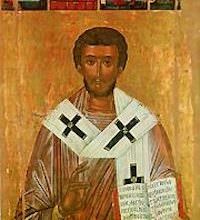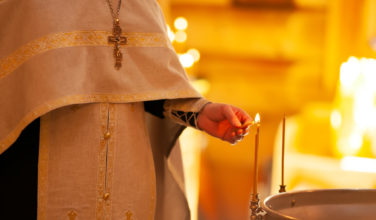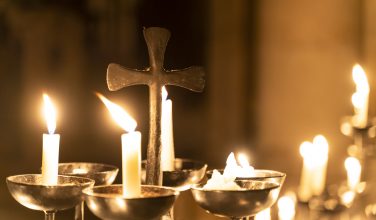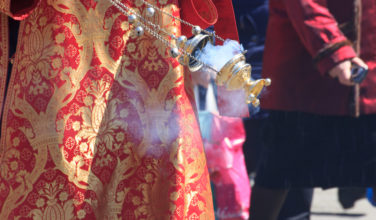Overview of Holy Week in the Orthodox Church
Holy Week in the Orthodox Church (for Greeks, Russians and any other nationalities that are Orthodox Christian) takes place in the week after Great Lent and just before Pascha, or Orthodox Easter. The last day of lent is the Saturday of Lazarus, which celebrates when Jesus raised Lazarus from the dead. Holy Week officially begins with Palm Sunday and follows the last week of Christ’s life before His death and resurrection. Here’s an overview of the days of Holy Week and what they represent.
Palm Sunday
Palm Sunday is the first day of Holy Week. This is the day where we celebrate when Jesus entered Jerusalem on the back of a donkey. People tossed palm fronds in his path and hailed him as the Messiah. To celebrate, Orthodox Christians attend the Sunday Divine Liturgy serve as they usually do. However, there is a special service at the end that commemorates this moment.
Holy Monday and Holy Tuesday
During the Holy Monday services, the parable of the Ten Virgins is commemorated. Once Jesus entered Jerusalem, he proceeded to give his disciples their final instructions. The services on Holy Monday and Holy Tuesday share similarities because of this. It is during these two days where we remember these teachings. Often, the Divine Liturgy of the Presanctified Gifts will also occur during these two days.
Holy Wednesday
During Holy Wednesday, Orthodox Christians can receive the Sacrament of Holy Unction. However, this wasn’t always the case. The Holy Sacrament has only been part of the Holy Wednesday services for the last two centuries or so. However, receiving this sacrament is fitting because the service honors the moment when Mary Magdalene anointed His feet with oil and myrrh just before His arrest.
Holy Thursday
In the Bible, this is the day when Jesus and His disciples partook of the Last Supper. It is during this Supper when Jesus gave them bread and wine, which had been mystically changed to His body and blood. This is where our practice of Holy Communion was established. The service itself is the Divine Liturgy of Saint Basil the Great and also represents the last moments of Christ’s life.
Good Friday
There are typically two services during Good Friday. The earlier service commemorates the last moments of Christ’s life. His body is then removed from the cross and placed in the altar. Flower girls shower His body with rose petals. During the evening service, the Lamentations of Lazarus are sung and Christ’s body is removed from the altar and placed in the tomb.
Holy Saturday
During the Great and Holy Saturday service, the Divine Liturgy of Saint Basil the Great is performed as well as the vespers. During the evening service, people gather inside and outside the church holding unlit candles while the Liturgy is underway. Just before midnight, the church goes dark. At midnight, the priest lights the first candle and people take turns lighting each other’s candles. This is the moment when we celebrate Christ’s resurrection! The congregation then sings the traditional hymn; Christ is Risen or Christos Anesti.
Categorized in: Greek Orthodox Religious Information
This post was written by Greek Boston





